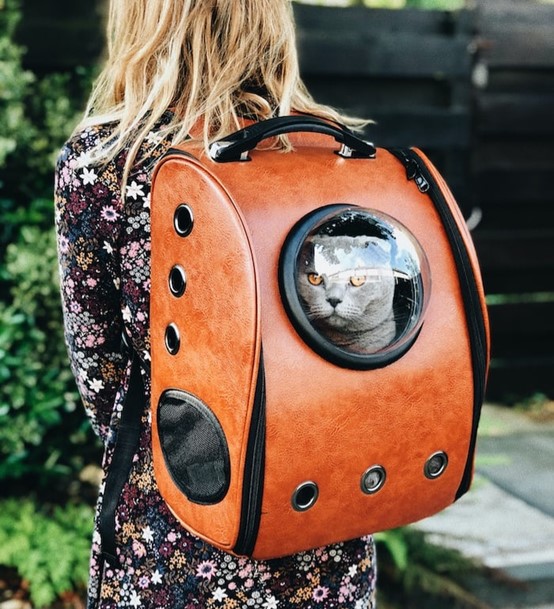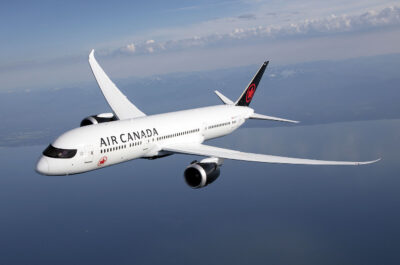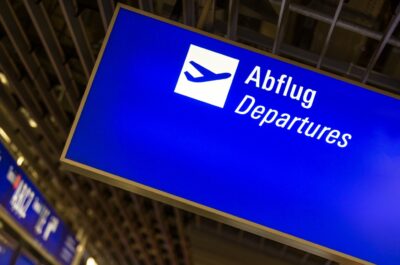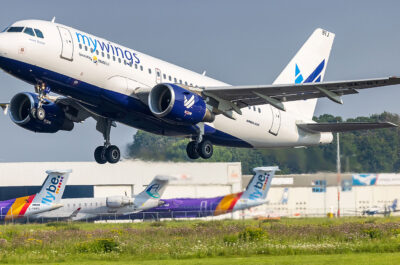Here you will learn everything you need to know about how you can travel with your furry friend.
Flying with your feline friend sounds very exciting and fun. However, the same exciting journey can turn into a stressful experience if things are not handled properly. Certain pet travel guidelines are mandatory to be followed. If you are someone travelling for the first time with your pet, this article is a perfect guide for you.
Here you will learn everything you need to know about how you can travel with your furry friend. In this article, I’ve mentioned many helpful pet travel guidelines that will help you make your first flight with your pet a fun and stress-free experience.
1- Take your pet to a preflight vet visit
When you take your pets on a flight most airlines will demand their health certificate. That certificate should be dated within at least 10 days of departure. Therefore, make sure to book a preflight vet visit. This visit is also an excellent time to discuss implanting a microchip for your pet’s safety. This chip can be very helpful in keeping your pet safe and finding them instantly in case they get lost.
2- It is better to buy tickets early
To make sure that you get a spot for your dog or cat make sure to book your flight early. Airlines have fixed and limited capacity for pets. So, before someone else books that spot for their pet, get one for your feline friend. Booking early can also help you choose a window seat for your pet, reducing the chances of them being disturbed by foot traffic in the aisle. For larger pets that cannot fit in the cabin, consider other travel options, as cargo travel can pose certain risks, especially for brachycephalic breeds prone to respiratory issues.
3- Make sure your airline allows pets
Not all airlines have the same policies regarding pets, so it’s essential to confirm that your chosen airline allows pets. Check the airline’s pet policy and their pet travel guidelines, especially if you have a layover or if your flight exceeds 6 hours. You can call the airline to ask specific questions and ensure that your pet is added to your reservation with written confirmation, avoiding any last-minute surprises at the airport.
4- Take good care of their diet during flight
To prevent discomfort during the flight, follow your vet’s guidance on feeding your pet before travelling. Generally, it’s recommended to avoid giving your pet a full meal four to six hours before the flight, as food can lead to nausea and bowel stimulation. It’s better to consult vets to ask which food will be suitable for your furry friend on the flight. For cats and dogs different types of foods will be suggested accordingly. If you are flying with your senior cat you can check cat food points to find perfect foods that will prevent your cat from any stomach disruption and soothe its stomach. Also, make sure your pet stays hydrated by providing water regularly, as air travel can be dehydrating.
5- Take your pets’ vet records with you
While not all airlines may request it, having your pet’s vet records, including rabies vaccination certificates, can be a lifesaver. Carry two copies of these records, printed on official letterhead paper with the vet’s information, inside your pet’s carrier. This precaution ensures you have all necessary documentation in case it’s needed during check-in or boarding. Check the CDC and USDA websites for any additional requirements, and make sure you and your vet are on the same page regarding regulations.
6- Make the airport security system smoother
Airport security procedures can be stressful for pets, so take steps to make the process smoother. Cats and kittens should wear harnesses and leashes when taken out of their carriers during security checks. Familiarise your pet with the harness a few days before travel to reduce anxiety. If you have a skittish pet, consider requesting a private screening room for a less stressful experience during security checks.
7- Get a private screening room
When you are flying with your pet, it is recommended to arrive early at the airport. If your pet is nervous they should walk through a metal detector in a calm environment. Therefore, when you arrive early there will be less crowd and you’ll also be less stressed. These factors will help you create a more calm environment for your nervous dog or cat. Another better option is to request a private screening room. It will be more relaxing for your feline friend and they’ll not have to deal with the stress of a metal detector at all.
8- Make sure your feline friend is comfortable
Bring along pet pads, your pet’s favourite blanket, or a familiar toy to provide comfort and familiarity. It’s important not to administer sedatives or tranquillisers to your pet before the flight, as these drugs can increase the risk of cardio and respiratory problems. Create a calm environment for them to avoid any hassle and don’t rely on sedatives.
Final words
In conclusion, flying with your pet is not that difficult. If you are aware of and follow the pet travel guidelines you can enjoy your first airline journey with your furry friend. Make sure to carefully read all the guidelines mentioned in this article and follow them to avoid any stressful situation. Avoid drugs, arrive early at the airport, carry their carrier, and don’t forget their health certificates. Following these few pet travel guidelines will make a major difference on your next trip. Happy Flying!




































































































































































